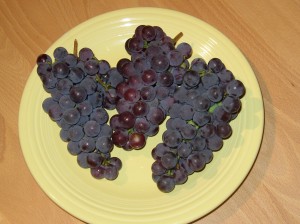Just this morning I was talking about how I’d hope to see more analysis of The Organic Center’s report on genetic engineering’s effect on pesticides. Just a little while ago I was able to point to a discussion of problems with some of the numbers behind the report. Here’s more perspective (this time from Steve Savage on sustainablog), which brings up another key point I didn’t consider. Much of the increase in pesticide use attributed to herbicide tolerant crops actually came in 2007-2008, the same year that food prices spiked around the world:
There is an old saying – “the best cure for high food commodity prices is high food commodity prices.” When grain prices are high, growers respond by planting more acres (=more chemical use) and by applying more crop protection chemicals to the crop they grow so that less of this more valuable yield is lost to pests. Its really simple, rational economics. Also, remember that the irritating, but not large, food price increases American consumers saw in 2007/8 corresponded to a huge swing in the percent of the family budget spent on food in poor countries. There were even food riots and export restrictions. The fact that American farmers ramped up production was a good thing for poor people and the chemicals were part of that.
